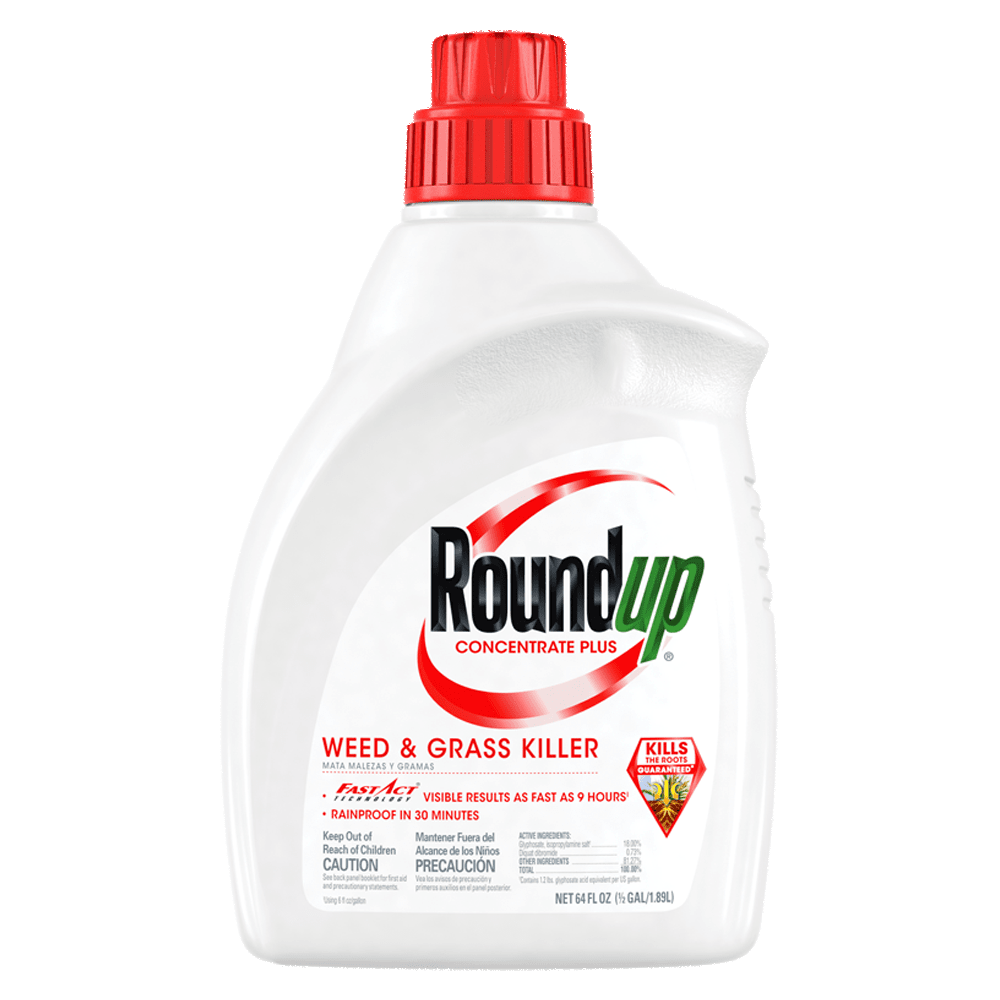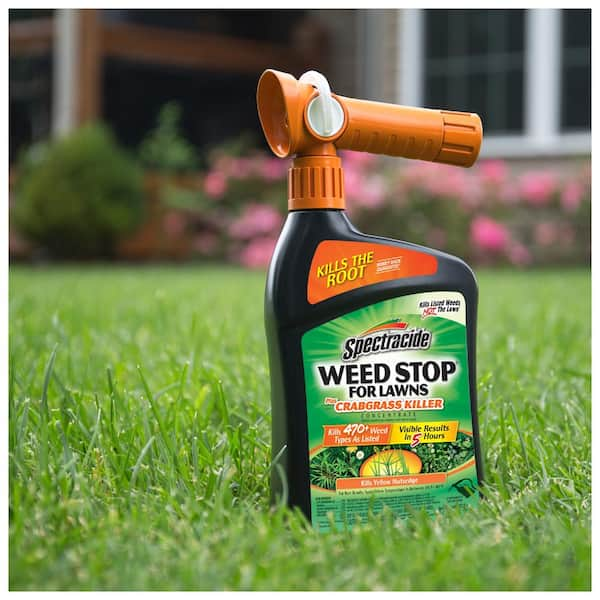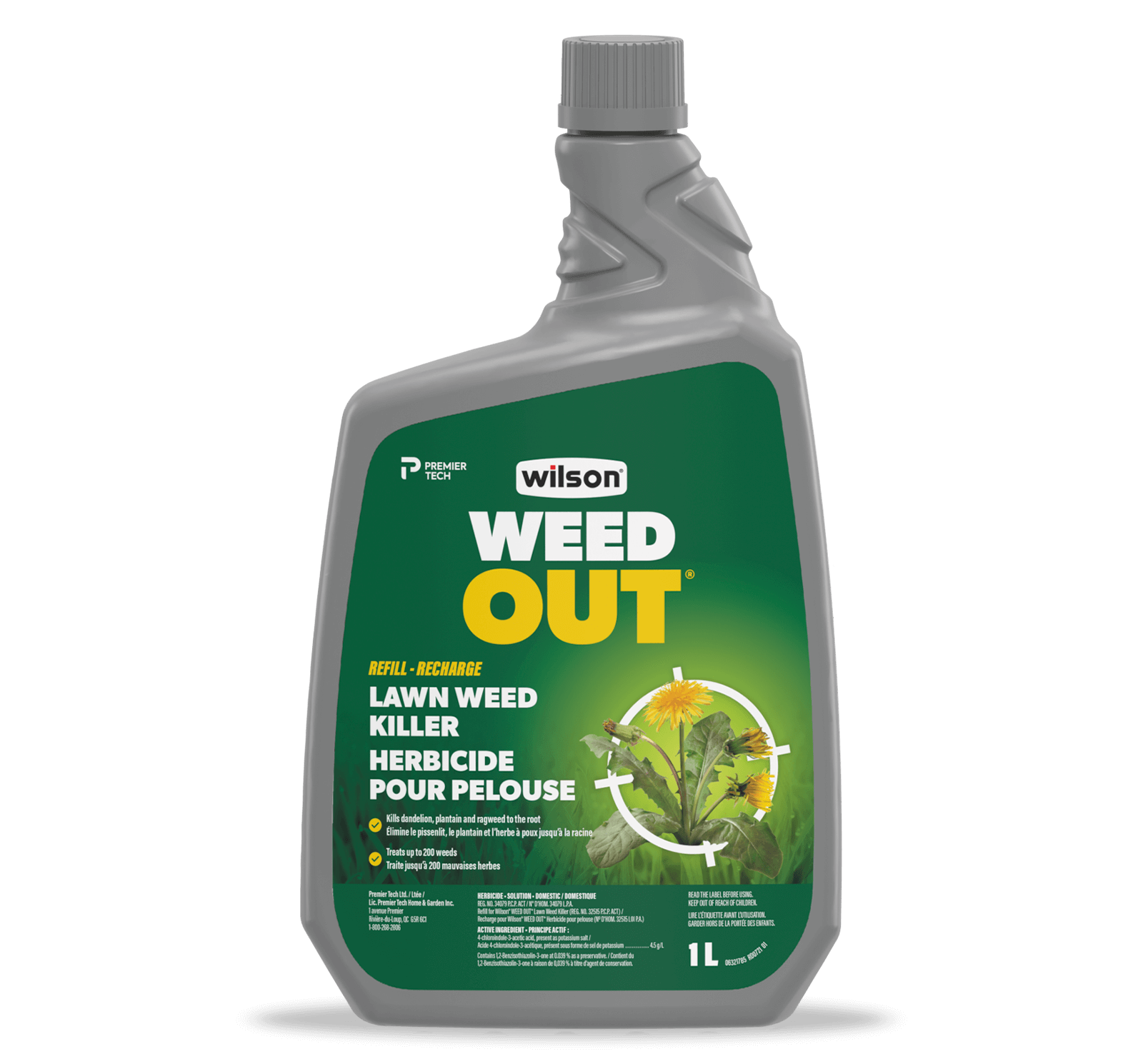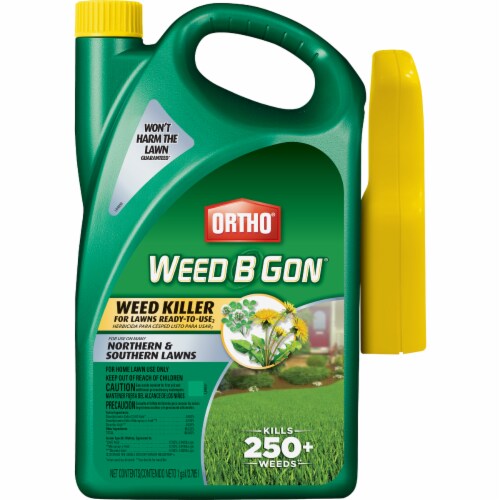Say Goodbye To Dandelions
Say Goodbye to Dandelions
Dandelions are a common sight in lawns and gardens across the world. They are known for their bright yellow flowers and fluffy white seeds that are carried away by the wind. While some people consider dandelions to be weeds, others appreciate their beauty and symbolism.
In this blog post, we will explore the history, symbolism, and different ways to get rid of dandelions. We will also discuss some of the benefits of dandelions, and why you might want to reconsider getting rid of them altogether.
History of Dandelions
Dandelions have been around for centuries. They are native to Europe, Asia, and Africa, but they have been introduced to other parts of the world, including North America. The name "dandelion" comes from the French word "dent-de-lion," which means "lion's tooth." This refers to the plant's jagged leaves.
Dandelions have been used for centuries for their medicinal properties. They were used by Native Americans to treat a variety of ailments, including liver problems, jaundice, and stomachache. Dandelions were also used by early European settlers to treat a variety of ailments, including constipation, kidney stones, and hemorrhoids.
Symbolism of Dandelions
Dandelions have a variety of symbolic meanings. They are often seen as symbols of hope, new beginnings, and resilience. Dandelions are also associated with childhood and innocence. This is because dandelions are often seen as children's toys. Children enjoy blowing on dandelion seeds and watching them float away in the wind.
In some cultures, dandelions are also seen as symbols of death and rebirth. This is because dandelions die back in the winter, but they come back to life in the spring. This cycle of death and rebirth is seen as a symbol of hope and renewal.
How to Get Rid of Dandelions
If you are not a fan of dandelions, there are a few different ways to get rid of them. One way is to pull them up by the roots. This can be a time-consuming process, and it is not always effective. Dandelions have long taproots that can break off easily, leaving the plant to regrow.
Another way to get rid of dandelions is to use a herbicide. Herbicides are chemicals that kill plants. There are a variety of herbicides available, but it is important to choose one that is specifically designed for dandelions. Herbicides can be dangerous, so it is important to read the label carefully and follow the instructions.
If you are looking for a more natural way to get rid of dandelions, there are a few options available. One option is to pour boiling water on the dandelions. This will kill the plant, but it may not kill the roots. Another option is to use vinegar. Vinegar can be mixed with water and sprayed on the dandelions. This will kill the plant, but it may not kill the roots.
Benefits of Dandelions
Despite being considered weeds by some people, dandelions actually have a number of benefits. Dandelions are a good source of vitamins A, C, and K. They also contain potassium, calcium, and iron. Dandelions have been shown to boost the immune system, improve digestion, and reduce inflammation. They may also help to lower cholesterol levels and protect against cancer.
Conclusion
Dandelions are a common sight in lawns and gardens, but they are not just weeds. They have a long history of use for medicinal purposes, and they offer a number of health benefits. If you are considering getting rid of dandelions, it is important to weigh the pros and cons. Dandelions may not be as bad as you think.
Dandelions are a common weed that can quickly take over your lawn or garden. If you're looking for the best dandelion killer, you've come to the right place. Garden Wiki is a comprehensive resource that provides information on the top dandelion killers on the market.
The website's team of experts has tested and reviewed dozens of dandelion killers, so you can be sure that you're getting the best possible advice. They also provide detailed instructions on how to use each product, so you can be confident that you're using it correctly.
In addition to reviews and instructions, Garden Wiki also offers a wealth of other information about dandelions, including:
- How to identify dandelions
- How to prevent dandelions from growing
- How to get rid of dandelions naturally
Whether you're looking for a quick and easy solution or a more natural approach, Garden Wiki has the information you need to get rid of dandelions for good.
FAQ of best dandelion killer
- What is the best dandelion killer without killing grass?
The best dandelion killer without killing grass is a selective herbicide, which means it will kill dandelions but not your grass. Some popular selective herbicides for dandelions include 2,4-D, dicamba, and triclopyr. These herbicides can be found in liquid or granular form and can be applied with a sprayer or by hand. It is important to read the label carefully before applying any herbicide, and to follow the directions exactly.
- When is the best time to apply dandelion killer?
The best time to apply dandelion killer is when the dandelions are actively growing. This is usually in the spring or fall. However, some herbicides can be applied at other times of year as well. It is important to read the label carefully to determine the best time to apply the herbicide you are using.
- How long does it take for dandelion killer to work?
The time it takes for dandelion killer to work will vary depending on the herbicide you are using. Some herbicides will start to kill dandelions within a few days, while others may take several weeks. It is important to follow the label directions and to reapply the herbicide as needed.
- How many times do I need to apply dandelion killer?
The number of times you need to apply dandelion killer will depend on the severity of the dandelion problem. If you have a few dandelions, you may only need to apply the herbicide once. However, if you have a large number of dandelions, you may need to apply the herbicide several times throughout the season.
- Are there any natural ways to kill dandelions?
Yes, there are a few natural ways to kill dandelions. One method is to pour boiling water on the dandelions. Another method is to apply vinegar to the dandelions. You can also try using corn gluten meal, which is a natural weed suppressant.
Image of best dandelion killer
- Image 1: A bottle of Roundup Weed & Grass Killer. This is a popular herbicide that can be used to kill dandelions and other broadleaf weeds.

- Image 2: A bottle of Ortho Weed B Gone. This is another popular herbicide that can be used to kill dandelions. It is available in both liquid and granular forms.
- Image 3: A bottle of Spectracide Weed Stop Plus Crabgrass Killer. This herbicide is specifically designed to kill dandelions and crabgrass. It is available in both liquid and granular forms.

- Image 4: A bottle of Hi-Yield Dandelion Killer. This herbicide is a non-selective herbicide, which means it will kill all plants that it comes into contact with. It is best used for killing dandelions in hard-to-reach areas, such as between cracks in the sidewalk.

- Image 5: A bottle of Garden Safe Dandelion & Clover Killer. This herbicide is a natural product that is made from vinegar and clove oil. It is safe to use around children and pets, but it may take several applications to kill dandelions.


Post a Comment for "Say Goodbye To Dandelions"